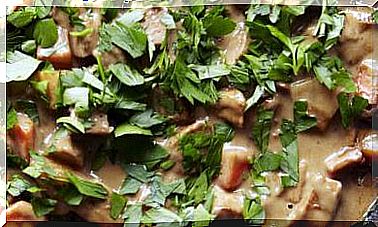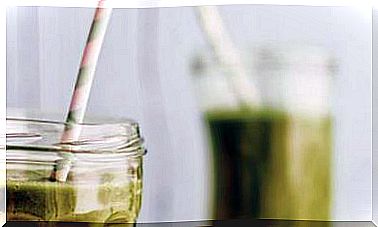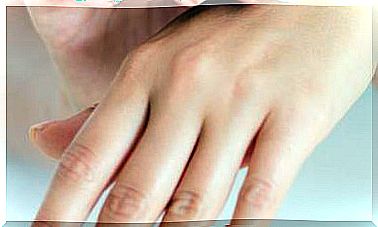Essential Foods And Plants To Avoid Menstrual Discomfort
Certain foods and medicinal plants balance the endocrine system and help reduce the most frequent discomforts associated with menstruation. Find out what to take at each moment of the cycle to avoid period pain.

The composition of certain foods makes them especially useful for regulating the hormonal system of women and preventing discomfort associated with menstruation. In general, to relieve period pain, whole natural foods with anti-inflammatory and antioxidant properties are recommended, as well as foods with phytoestrogens.
Keep in mind that these foods to avoid the discomfort of menstruation are only effective in the framework of a balanced diet and a healthy lifestyle, which includes habits of physical exercise, rest and emotional balance.
Anti-inflammatory foods against premenstrual and menstual pain
- Broccoli. Contains antioxidants that support hormonal health and liver cleansing. If you don’t like it, try the sprouts flavor.
- Afalfa. Sprouts provide you with calcium, iron and vitamin K, which promotes coagulation and the transport of calcium to the bones.
- Turmeric. It is nature’s star anti-inflammatory. It can be very effective for pre-menstruation discomfort.
- Ginger. It is anti-inflammatory and promotes proper blood circulation. Take a tablespoon of grated ginger infused.
- Mustard. It is rich in myrosinase, an enzyme that multiplies the absorption of beneficial compounds from the seeds themselves and from broccoli.
- Black cumin. It is anti-inflammatory and regulates immunity. You can grind it and add it to your dishes or take it in the form of oil.
Food and medicinal plants for each phase of the female cycle
From the first day of menstruation to day 14
- During menstruation, you should avoid inflammatory products that also represent a burden on the liver, such as alcohol and coffee.
- Medicinal plants that help you from menstruation until ovulation are sage, dandelion, elderberry, fenugreek, parsley and licorice.
- Seeds that help you regulate estrogens are those of flax, pumpkin and chia because they contain phytoestrogens, vitamins and minerals. They also help eliminate toxins.
- After 4 or 5 days you can increase the intake of foods rich in carbohydrates, such as potatoes, wheat, rice and other cereals.
- At 10 days, as the moment of ovulation approaches, it is advisable to increase the dose of fiber. Due to the increase in estrogens, many women suffer more constipation in this phase.
- During ovulation, foods such as green tea, cinnamon, licorice, fresh ginger, flax seeds, steamed broccoli and other cabbages are especially indicated.
From day 15 to the first day of the next menstruation
- After ovulation you can take special care of the presence of protein foods in your diet (legumes, nuts and seeds). During the luteal phase (from ovulation to menstruation) increase foods that produce serotonin and are rich in magnesium to combat fatigue and low libido, such as leafy greens, quinoa, almonds and pure cocoa.
- Plants that help you in this phase are chasteberry, sage, dong quai and mugwort, among others, they are especially indicated from ovulation and during the luteal phase until menstruation.
- Sunflower and sesame are seeds that help you after ovulation and throughout the luteal phase because they balance the production and metabolism of progesterone.
- Make sure you stay well hydrated, although this is always important. To drinking water you can add infusions, juices, smoothies and broths.
- From day 20 of your cycle you can include oatmeal in breakfast and foods rich in iron, such as legumes and green leafy vegetables.
Marta León is the author of the book Feeding and Feminine Health.









